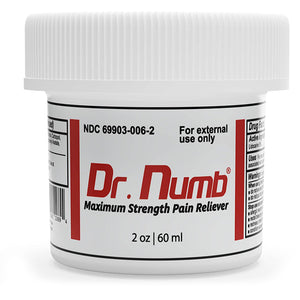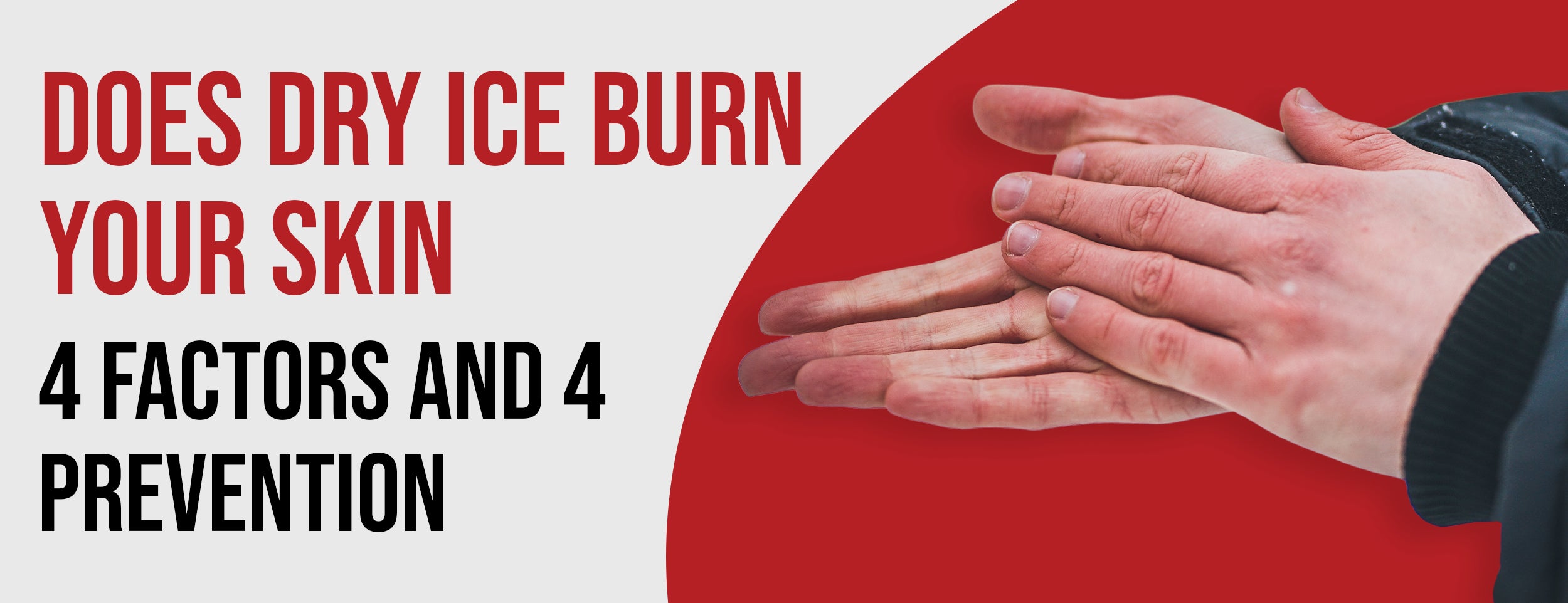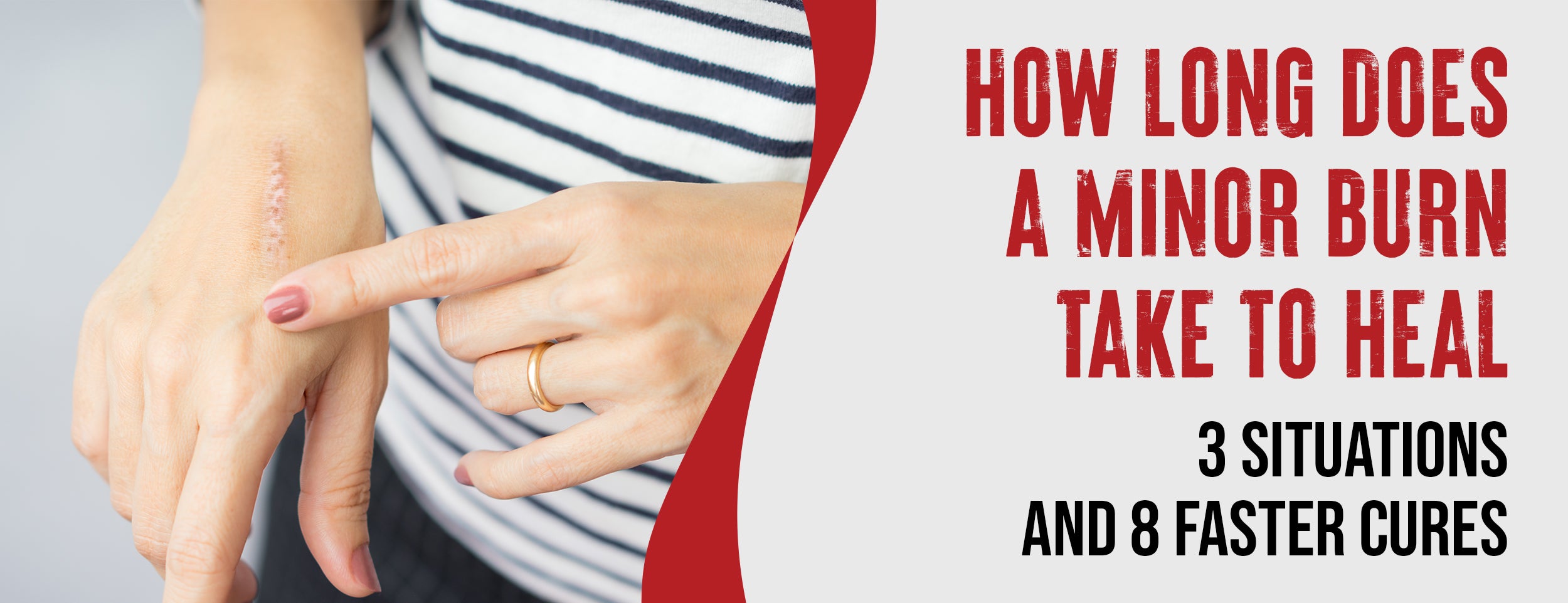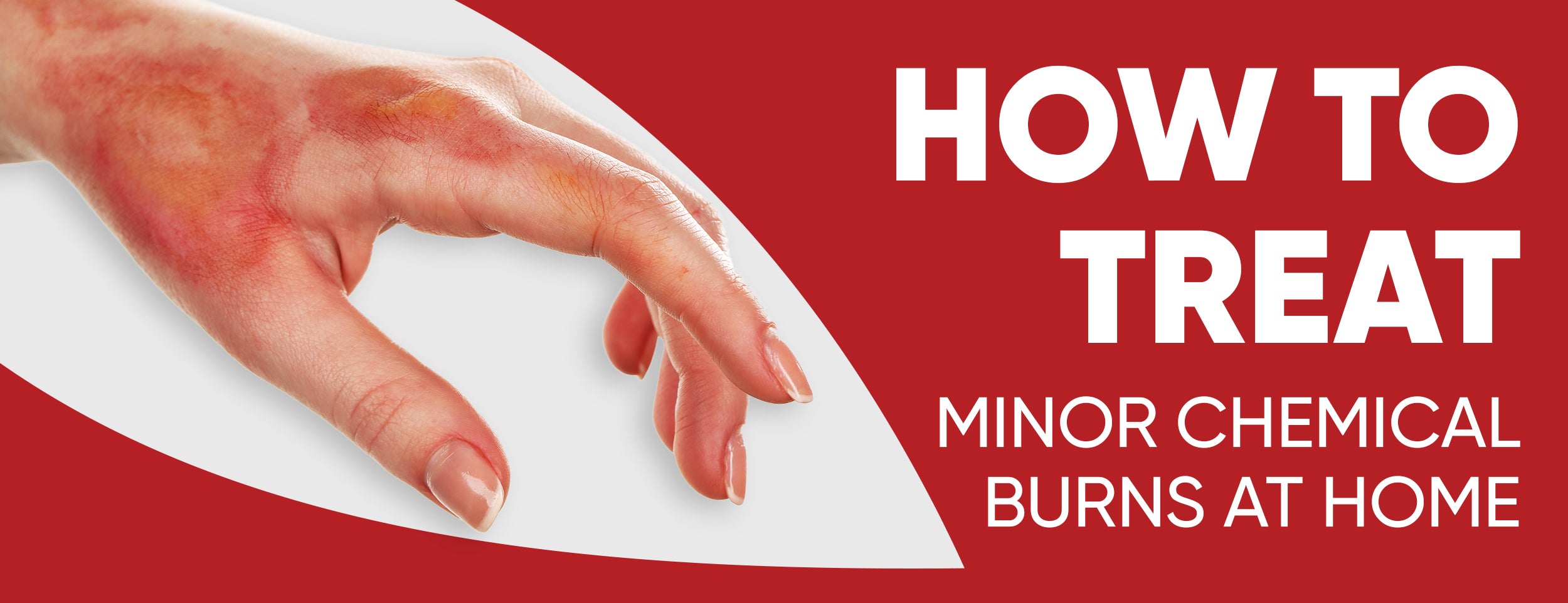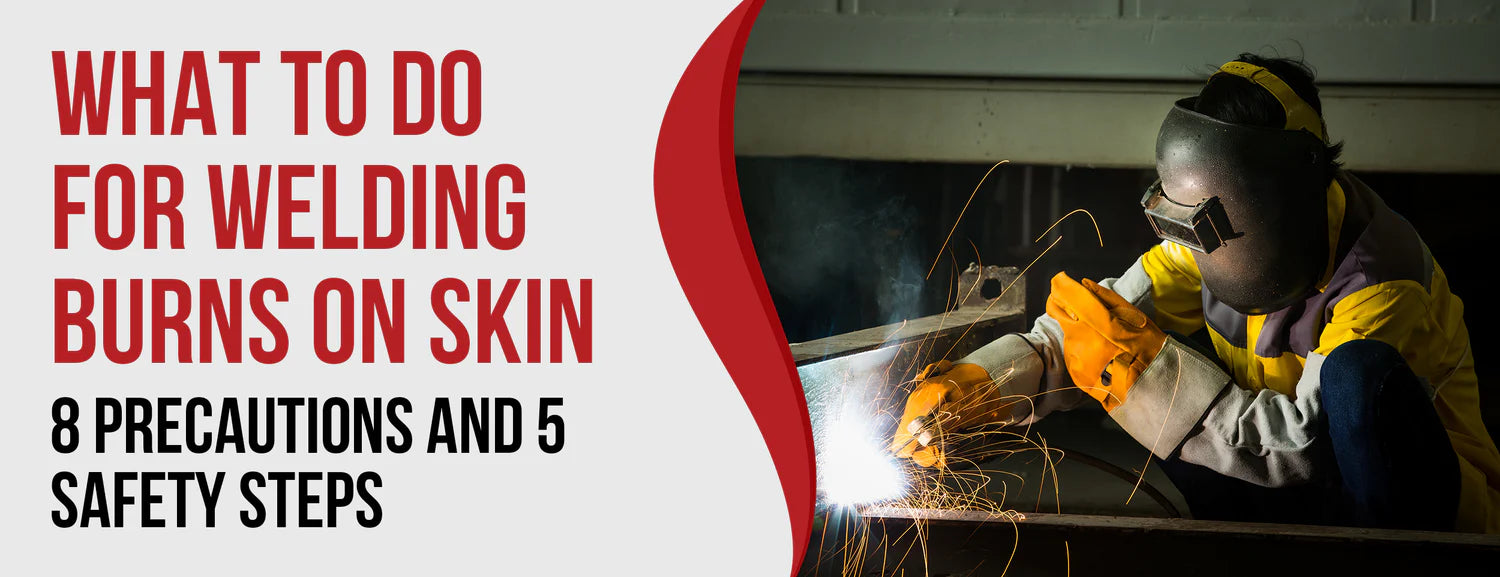Minor burns are a normal part of daily life, and they can happen unexpectedly in any situation
Apply cold, wet compresses or immediately immerse the burn in cool tap water. It will take about 10 minutes for the pain to subside. Apply petroleum jelly two to three times daily. You should not apply oil, butter, egg whites, or toothpaste on a burn. Vaseline, antibiotic ointments, and gauze are sufficient for minor burn care.
In this blog post, we will discuss the dos and don'ts for treating minor burns at home so that you can be well-prepared and feel confident in your ability to manage any minor burns.
First Aid For Minor Burns at Home: 6 Essential Tips

Let's discover the must-know tips for providing first aid to minor burns in the comfort of your own home. This concise guide offers 6 essential tips to manage minor burns and promote speedy recovery effectively. Be prepared and equipped to handle burns with confidence.
Burn Cooling
One of the first things you should do if you get a minor burn is to cool it down. This can help reduce the pain and prevent the burn from worsening. Here are some ways to cool a minor burn:
- Hold the affected area under cool running water for 10-15 minutes. You can also use a cold, damp towel.
- Do not use ice, as this can damage the skin further.
- It is suggested to consult a doctor before selecting which ointments suit you.

Petroleum Jelly Application
Apply a cream or ointment once the burn has cooled down and dried out. Petroleum jelly can be a good option as it provides a barrier that helps to keep the burn area moist and prevent infection. Here are some tips for using petroleum jelly on a minor burn:
- Clean the affected area gently with soap and water.
- Pat it dry with a clean towel.
- Apply petroleum jelly to the affected area.
- Cover the area with a sterile, non-stick bandage if necessary.
- Change the dressing once a day and reapply the petroleum jelly.
Burn Covering
Many people make the mistake of exposing their minor burns to the air. While this may seem like a good idea, it can slow the healing process and make the burn more painful. Covering the burn is an essential part of home first aid. Here are some tips on how to do it properly:
- Use a clean, dry cloth or bandage to cover the burn. Avoid using anything that may stick to the burn, such as adhesive bandages.
- Don't use clothing or towels to cover the burn, as they may cause further irritation.
- If the burn is on your hand or foot, consider using a finger or toe cot to protect the burn and prevent infection.
- Change the dressing regularly, at least once daily, or whenever it becomes damp or dirty.
OTC Pain Medication

OTC pain medication can provide much-needed relief for minor burns. Here are some considerations when choosing and using OTC pain medication:
- Nonsteroidal anti-inflammatory drugs (NSAIDs) such as ibuprofen or naproxen can help reduce pain and inflammation.
- Acetaminophen can also be effective for relieving pain but does not have anti-inflammatory properties.
- Always read and follow the label instructions carefully before taking any medication.
- If you are pregnant, have liver or kidney disease, or take other medications, consult a healthcare provider before taking any OTC pain medication.
Sun Protection For Burns
Sunlight or ultraviolet (UV) radiation can harm the burnt skin, leading to further damage and slowing down the healing process. It is necessary to protect the burnt area from the sun. Here are some ways to do so:
- Cover the Burnt Area: Cover the burnt area with a nonstick dressing or dressing to protect it from the sun. This will also prevent it from contacting any infection-causing dirt or debris.
- Wear Protective Clothing: Wear loose, light-colored clothing that covers the burn area, such as a cotton shirt. This will help to reduce sun exposure and protect the skin from further damage.
- Stay in the Shade: Avoid direct sunlight and stay in the shade until the burn has completely healed.

Lotion Application
Lotion application is an essential part of the healing process for minor burns. Here are some tips for proper lotion application:
- Choose the Right Lotion: Use a lotion that contains aloe vera, which helps to soothe and cool the skin. Avoid using creams that contain alcohol, as they can further dry out the skin.
- Clean and Dry the Burnt Area: Before applying the lotion, clean the burnt area with cool running water. Pat dry gently with a clean, soft cloth or towel.
- Apply the Lotion: Apply a thin layer of lotion to the burnt area. Do not rub it in, as this may cause further damage to the skin. Be gentle and allow the cream to absorb into the skin.
What Not To Do For Minor Burns at Home

When it comes to treating minor burns at home, there are certain things that you should avoid doing to prevent worsening the injury. Here are some common mistakes to avoid:
- Do not use ice or ice-cold water: It should be avoided on minor burns as it can further damage the skin and lead to frostbite. Opt for cool water instead.
- Do not break blisters: Breaking blisters cause pain and further injury to the skin. Leave blisters intact as they act as a protective layer that helps heal.
- Do not apply butter or oil: Applying butter or oil on burns is a popular home remedy, but it's not recommended as it can trap heat and increase the risk of infection.
- Do not use cotton: Cotton can stick to the burned area, leading to further damage and infections. Instead, use sterile gauze or a clean cloth to cover the burn.
- Do not neglect the burn: Even minor burns must be treated promptly. Failing a burn can lead to pain, infection, and other complications.
By avoiding these common mistakes, you can ensure you provide the best care for minor burns at home. Seek medical attention immediately if the burn is severe or covers a large body area.
Conclusion
Minor burns can happen to anyone, but immediate care can make all the difference in promoting healing and minimizing damage. Caring for minor burns at home involves cooling the affected area, applying topical ointments, covering the wound with a sterile bandage, taking over-the-counter pain relief, and protecting the site from the sun.
It's essential to consider the degree, size, and location of the burn as well as the age and general health of the person when treating minor burns. Remember, when in doubt, seek medical advice. Following proper first aid procedures for minor burns can ensure that you or your loved ones heal quickly and effectively.









